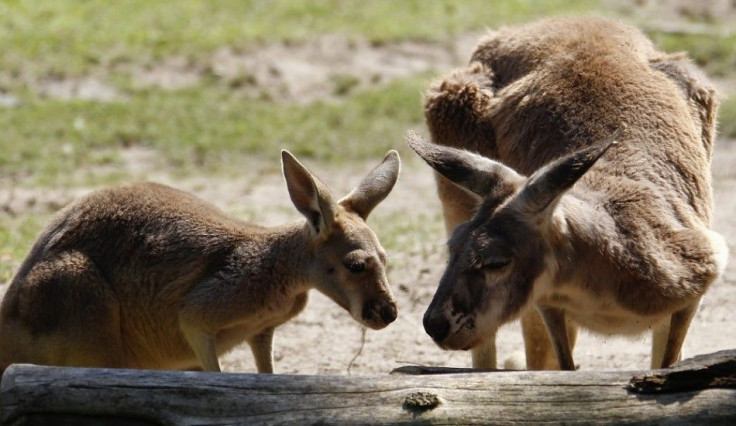Research offers fresh insights on kangaroo’s low-methane fart

Australian and Swiss researchers have revealed that while kangaroos emit low methane through flatulence, transplanting their unique gut bacteria will not render the same results in other animals, contrary to what other findings claim.
According to a team from the University of Wollongong and the University of Zurich, it has always been known that the kangaroos would produce little methane, but certainly not zero. The main hypothesis behind this belief is that kangaroos have a unique microbiome that produces less methane, mainly from farting rather than burping like cows and sheep.
“Without wanting to burst the bubble of the microbiologists, our findings suggest otherwise, says Dr Adam Munn from the University of Wollongong’s Institute for Sustainable Ecosystem Solutions. "We think that the methane is low because of the way food moves through the kangaroo stomach, and not because of a unique gut fauna,” says Professor Marcus Clauss from the University of Zurich’s Clinic of Zoo Animals, Exotic Pets and Wildlife.
Their study, which appears in the scientific publication, The Journal of Experimental Biology, debunks other studies that state that introducing the kangaroos’ unique bacteria to cows and other high-methane producing animals will reduce greenhouse gas emissions from ruminant livestock.
Methane release into the atmosphere plays a significant role in the production of greenhouse gas emissions, which is a critical factor leading to global warming.
For the research, the team measured an absolute methane output in kangaroos comparable to that of horses, when corrected for body weight. They found that the amount of methane produced per ingested food varies even within kangaroos, depending on how much they eat. When fed restrictively, methane per unit food was nearly as high in some kangaroos as values in domestic ruminants.
The latest findings add to the team’s research into wildlife methane emissions that aims to understand rules of methane production in a comparative approach by testing many different species. So far, the team has measured methane from camels and llamas, rodents and rabbits, horses, ostriches, rheas and emus, sloths and kangaroos.
Munn notes that there is much to be done to really understand why many of these animals emit less methane than ruminants.
In a previous study, microbiologists and genetic researchers at the University of Queensland are working to make cattle guts behave like kangaroos in order to reduce cows’ contributions to greenhouse emissions.
Their idea is to replace the bacteria called methanogens that breakdown plant matter in cattle guts with a different type of bacteria called reductive acetogens. The team hopes to identify how to improve the ability of reductive acetogens to defeat the methanogens in cattle, reduce greenhouse gas emissions and also increase feed conversion efficiency.
Contact the writer at feedback@ibtimes.com.au or tell us what you think below.





















